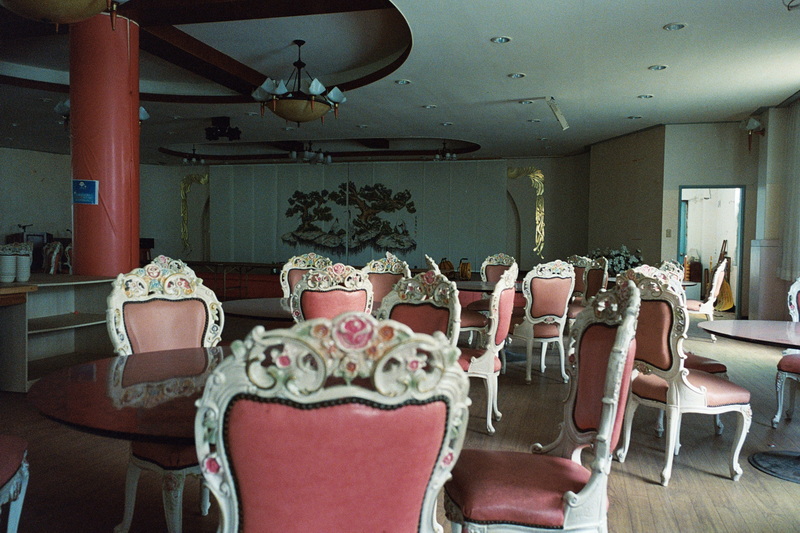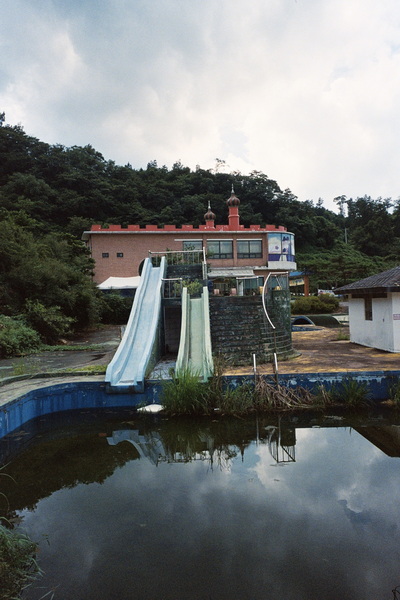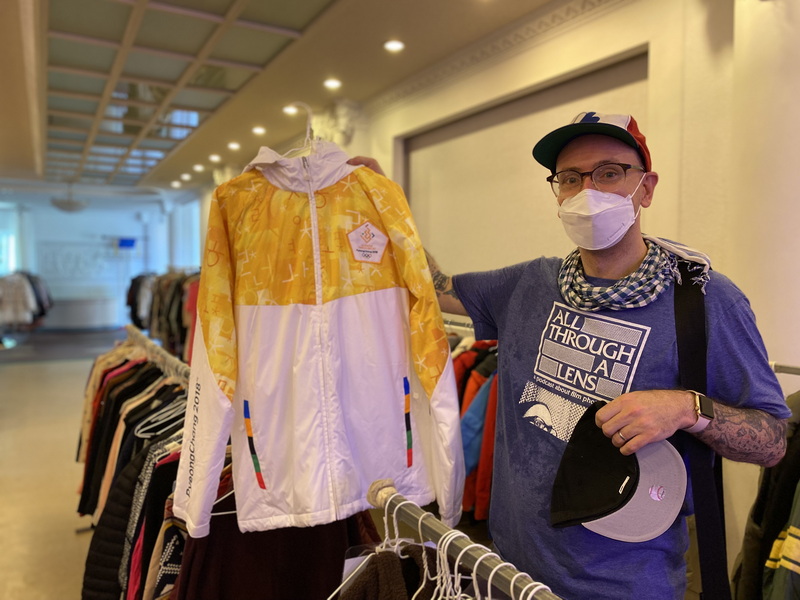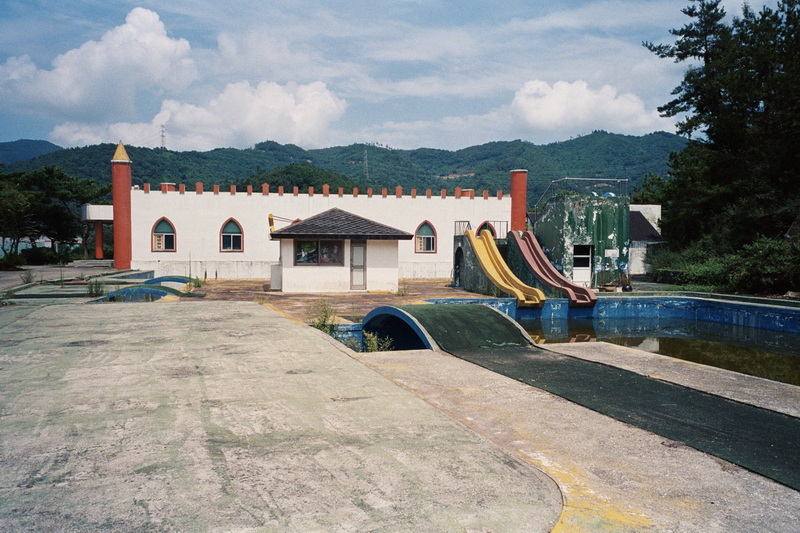The Quarantined Future
Written by Ryan Berkebile
Author’s note: My wife and I recently returned to Korea from a quick trip back to the United States to visit my parents. In the middle of our trip, the Korean government re-enacted mandatory quarantining for those entering or returning to the country. Once we returned, we had no choice but to stay shut in our apartment for the next ten days. Luckily, my wife works from home, so she continued to be a bread earner, but I couldn’t go to my English teaching job, leaving me with a lot of time on my hands. As an urban explorer who loves being out and about traversing the forgotten and left-behind areas of Korea, I needed to do something that maintained a sense of normalcy while also sustaining my passion for documenting and sharing my adventures. To stay sane while being cooped up, I decided to catch up on past urban exploration adventures by writing a daily post during quarantine for my blog at longdistancerunner.org. For you, fellow Gwangju News readers, I present some text and photos from an adventure to a semi-abandonment in Yeongam-gun last July. I hope you enjoy this article, the fruits of endless amounts of time isolated from the (abandoned) world.

The essential moral imperative in the urban exploration subculture is to keep the exact location of abandonments secret. You never know what kind of troublemaker will ruin sites (through vandalism or graffiti) and bring negative attention to the whole urbex community. Of course, there are always some exceptions to sharing location information with the world. The reasons are countless and warrant an article in itself, but this isn’t the place, and I want to share with you a site that deserves some love and attention – some needed business as it’s barely hanging on.
If you ever find yourself on National Road 13 in Yeongam-gun, more specifically Yeongam-eup, and feel up for some low-stress, easy urban exploration adventures, set your sights for the Cheongpungwon Rest Area. This rest area was a one-stop location for food, groceries, swimming, and weddings (yes, you read that correctly). In the 1990s and early 2000s, I imagine this place was once a constant hub of activity for summer travelers en route to destinations like Jindo or Wando. Perhaps there was a big market for combination wedding hall/wedding parks, akin to the boat-shaped restaurant trend around the same time.

I don’t know if the Cheongpungwon Wedding Hall and adjoining water park were related to the rest area, but a shared parking lot linked them. Imagine an enterprising visionary who integrated roadside dining and the carefree frenzy of a waterpark with the grace and formality of a wedding/banquet hall. Theoretically, the entrepreneur took full advantage of the God-given right to participate in the free market by making the most money possible by casting a wide net for clientele. In my weird mind, it’s ideal where antsy kids are encouraged to frolic around after being on their best behavior during the exchange of wedding vows. If I were still a kid, this wedding hall/waterpark would be the perfect place for a summer wedding.
At one time, a vast buffet and another undetermined restaurant offered sustenance to a hungry and tired vacationer. These days, the rest stop area is bare bones, only equipped to meet the basic biological needs of the passerby. A bathroom and a minimally stocked convenience store are all that survive. A dull cop statue resembling a California Highway Patrol officer, withering from the elements, stands between the rest area and wedding complex, guarding both with his hand ready to draw his gun.

The wedding hall/waterpark also has faint signs of life. While the banquet hall and duel swimming pools lay in decay, in the building where brides and grooms once exchanged vows, a rummage sale stood in its place. An assortment of randomness was on sale: practical merchandise like gardening supplies sat next to traditional Korean-style folding screens and viewing stones, known in Korea as suseok (수석).

While I enjoyed glancing at the suseok, the adventure began on the second floor, where the current tenets displayed secondhand clothing. In the thrill of the hunt, we found a used Pyeongchang Olympics running suit – the ones worn by the torchbearers. I seriously considered buying it to have a costume for Halloween during my visit. I also saw a Montreal Expos baseball cap but failed to pull the trigger, rationalizing I didn’t need two.

If you find yourself in the area on the way to the coast and need a reason to rest, why not stop by this semi-abandonment and check out the goods for sale? At the very least, you’ll have a safe, mini urbex adventure, and if good luck shall bless you, an Olympic tracksuit or a cap for a defunct baseball club awaits you.
Photographs by Ryan Berkebile.
The Author
When not cooped up in his apartment quarantine, Ryan Berkebile enjoys taking photos while exploring the forgotten and left-behind areas around Korea. Ryan recently put out the third issue of his photo zine, The Bulldozed Future. He’s currently at work on the fourth issue. You can follow him on Instagram @l0ngdistancerunner and read about his adventures at longdistancerunner.org.





